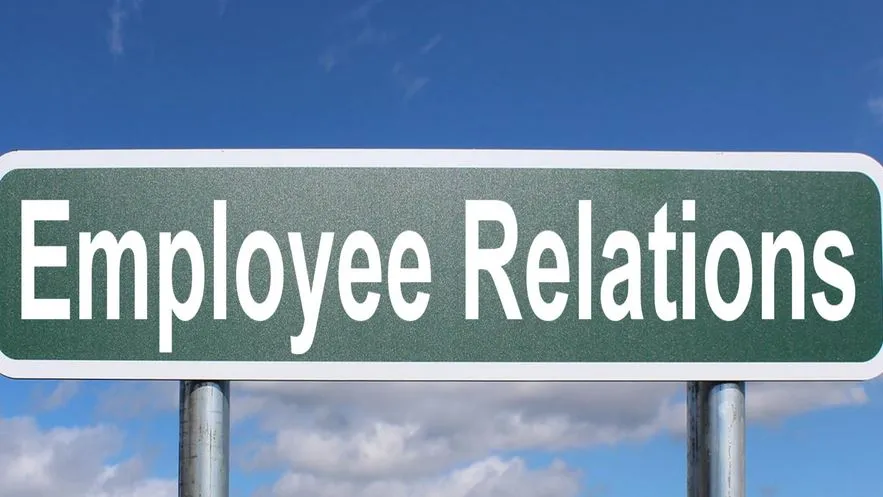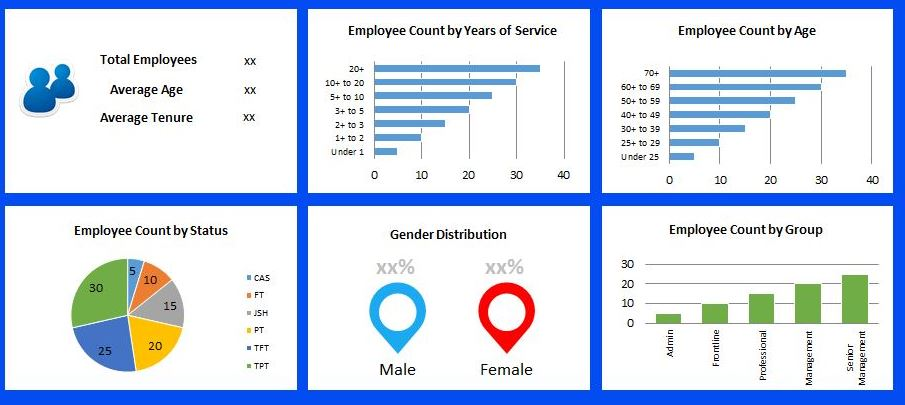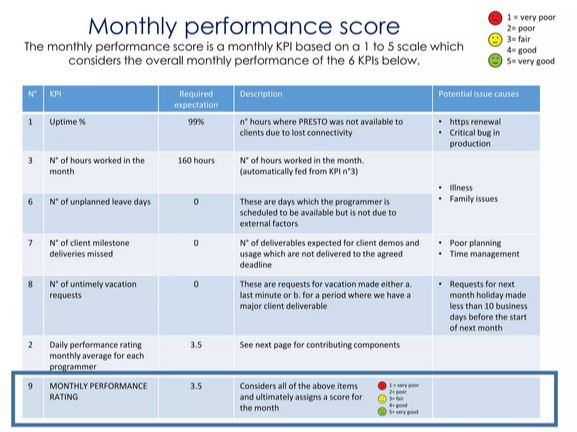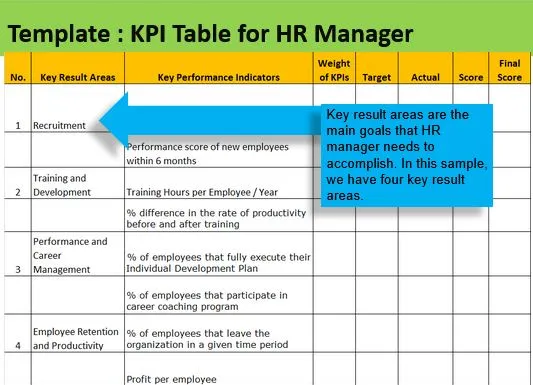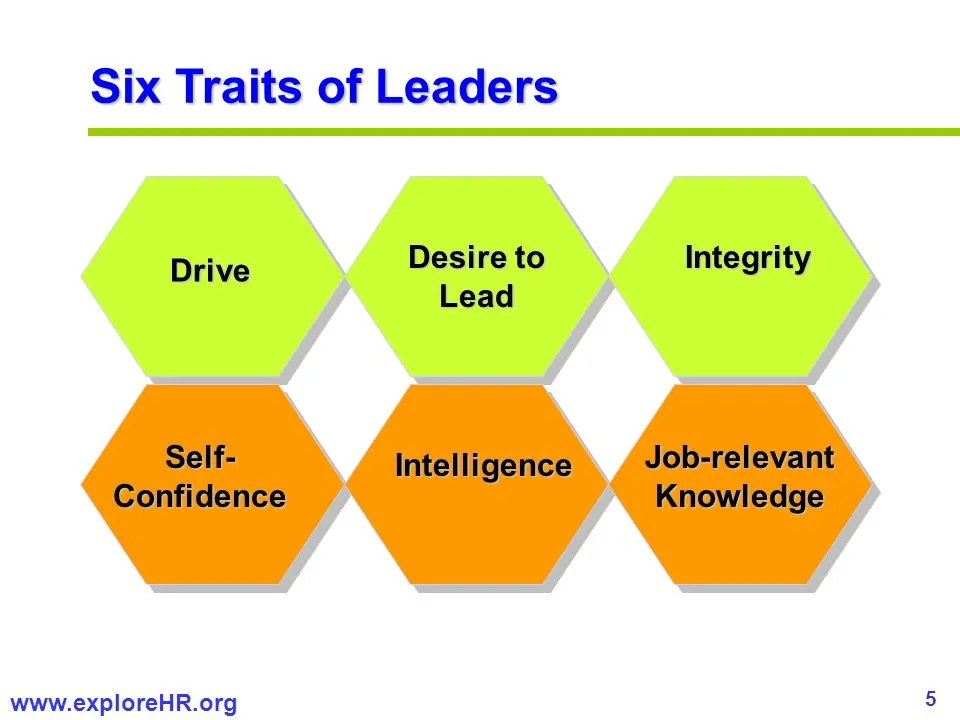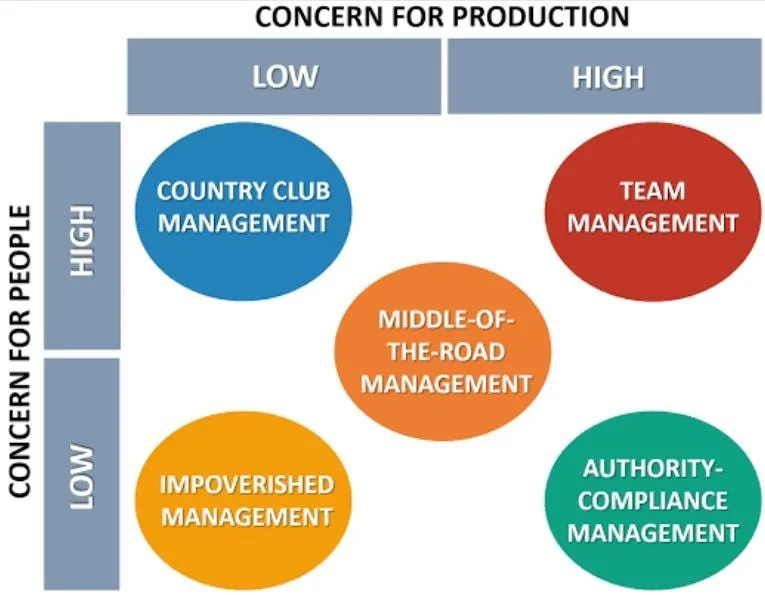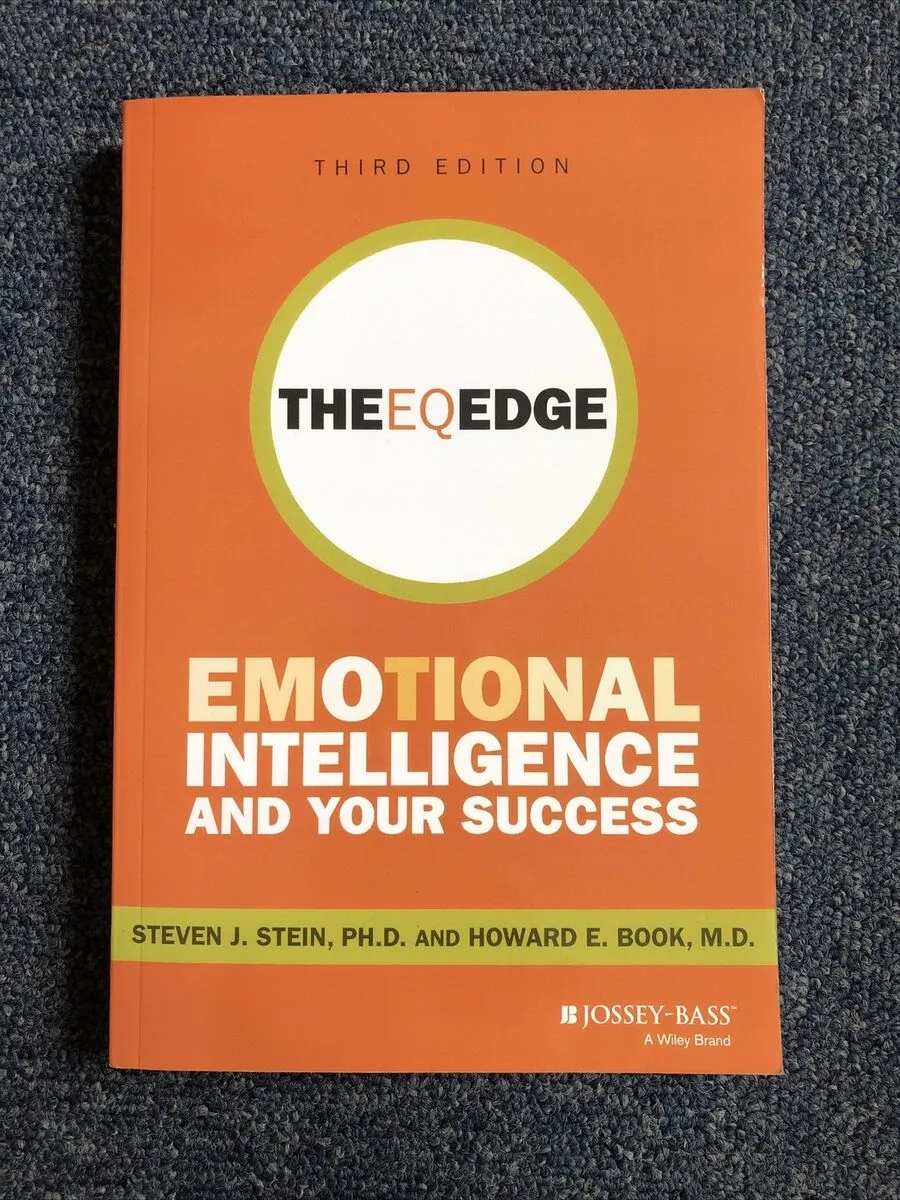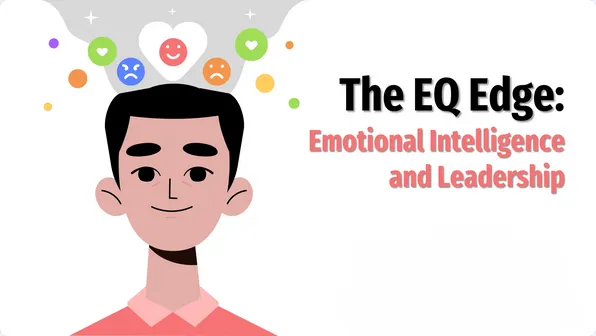Employee relations template is an essential resource for fostering strong relationships between management and employees, Which is more important than ever. The connection between management and staff make or break the work environment, directly influencinf job stisfaction, relations, we’ll provide a helpful template below.
In this guide, we’ll define employee relations, explore effective strategies for improvement and highlight useful tools and templates such employee relations PowerPoint slides and employee relations case management software to help businesses streamline their efforts and enhance workplace dynamics.
What is Employee Relations?
Employee relations refers to the ongoing relationship between an organization and its employees, encompassing communication, conflict resolution, and overall workplace environment.
Strong employee relations help build trust between management and employees, creating a positive organizational culture that benefits both parties.
Enhances Employee Job Satisfaction
When employees feel valued and understood, job satisfaction increases, leading to a more engaged and motivated workforce.
Reduces Employee Turnover Rates
Companies that invest in employee relations often see lower turnover, as employees are more likely to stay in a workplace that supports their needs and values their contributions.
A positive relationship between management and employees boosts morale, which in turn drives productivity and efficiency. Strong employee relations template create a work culture rooted in mutual respect, open communication, and shared values.
Learn more: Employee Performance Improvement Plan Template
Effective Strategies for Improving Employee Relations
Building solid employee relations template requires intentional effort and specific strategies. The following methods can help organizations improve communication, resolve conflicts, and more. Include these materials on your employee relations template:
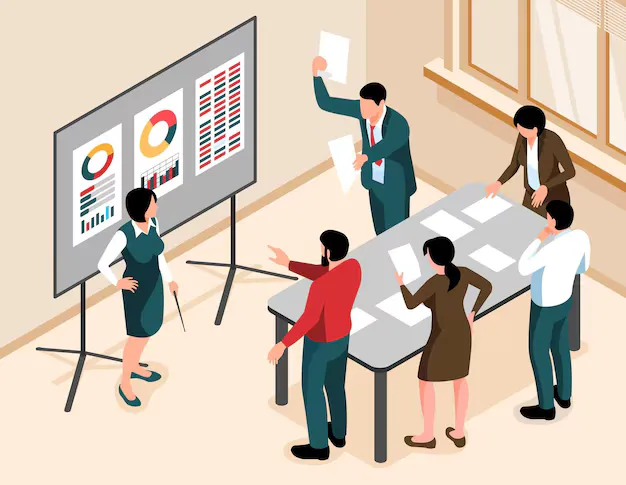
1. Open Communication
Clear and open communication is a cornerstone of successful employee relations. Regular meetings, feedback loops, and the availability of transparent channels for employees to voice concerns ensure that issues are addressed before they escalate. Using tools like employee relations PowerPoint slides during team meetings can help present key information in a structured and engaging way.
2. Training and Development
Providing managers and employees with training on interpersonal skills, conflict resolution, and leadership can go a long way in improving employee relations. Consider offering workshops on how to manage stress, resolve disputes effectively, and enhance communication skills. Employee relations case management templates can be used during training sessions to ensure consistency and organization.
3. Recognition and Rewards
A simple yet effective way to improve employee relations management is through recognition. Implement systems to acknowledge employee contributions regularly, whether through public recognition, rewards, or bonuses. This not only boosts morale but also fosters a sense of belonging and commitment to the company’s success.
4. Work-Life Balance
Employees today value a balance between work and personal life. Organizations can support this by offering flexible working hours, remote work options, and mental health initiatives. This reduces burnout and increases job satisfaction, which is critical for strong employee relations.
3 The Role of Employee Relations Tools
In addition to strategies, several employee relations tools can enhance the management and monitoring of these efforts. For instance, employee relations case management software helps HR departments track employee concerns, complaints, and resolutions.
With the right software, managers can ensure that all employee issues are handled consistently and efficiently.
Relations Case Management Template
Employee relations case management template can help HR teams document interactions, actions taken, and resolutions regarding employee issues. It provides a structured format for tracking cases, ensuring that no detail is overlooked, and follow-ups are properly managed.
Policy Template
A well-defined employee relations policy template helps establish the company’s stance on key issues such as conflict resolution, communication expectations, and behavior standards. It ensures that both management and employees are aligned on the company’s values and the procedures for addressing workplace issues.
Relations Management Tool
Lastly, employee relations management tool serves as an all-in-one platform for tracking, managing, and improving employee relationships.
From recording feedback to analyzing patterns in employee behavior, these tools help HR teams gain valuable insights that can inform decisions and strategies.
Building and maintaining strong employee relations is essential for any organization aiming for long-term success.
By focusing on clear communication, offering training and development opportunities, and implementing the right tools and templates, businesses can create a positive and productive work environment.
Whether you’re using employee relations case management software or an employee relations policy template, these resources help streamline efforts to nurture better relationships between employees and management, ultimately driving business performance.
